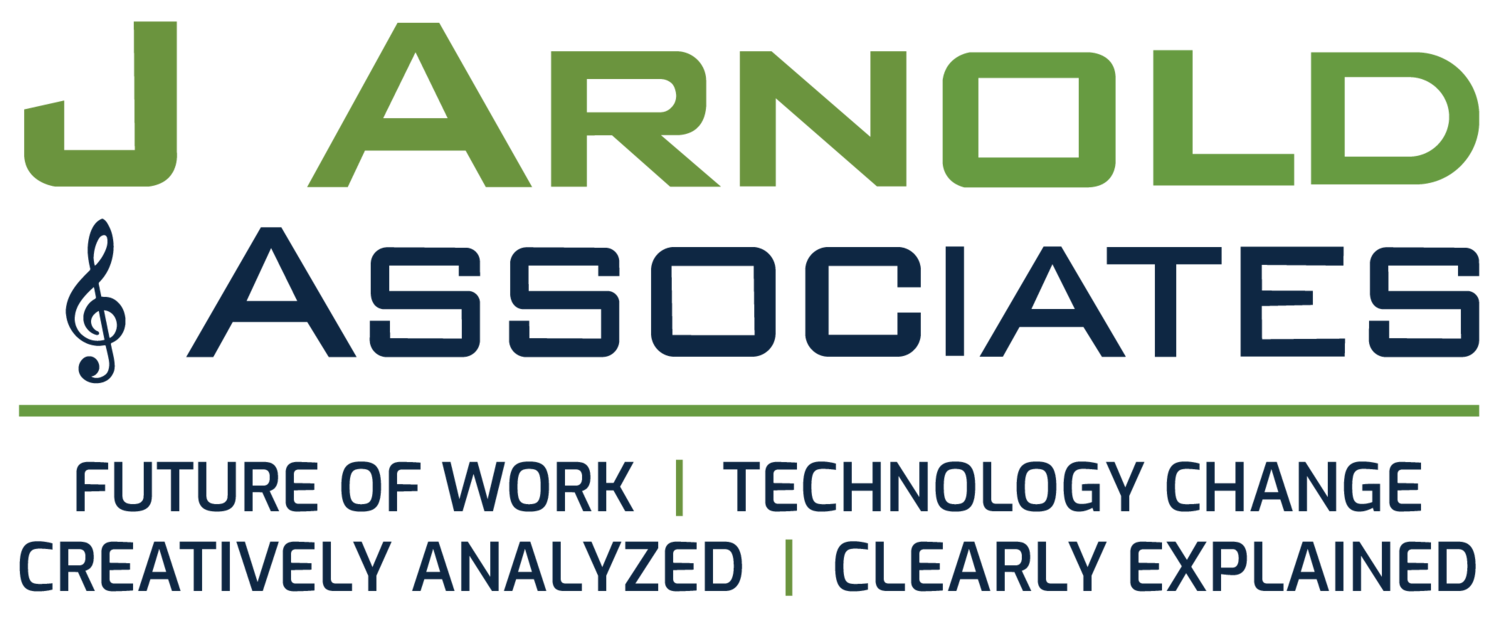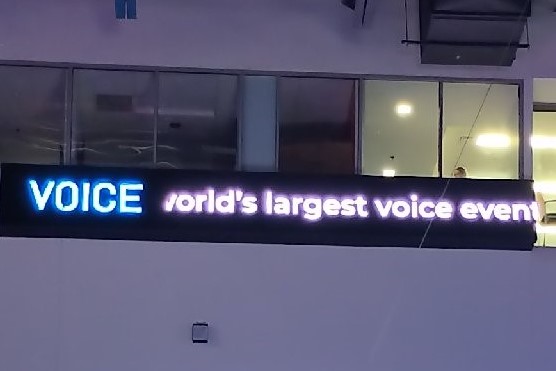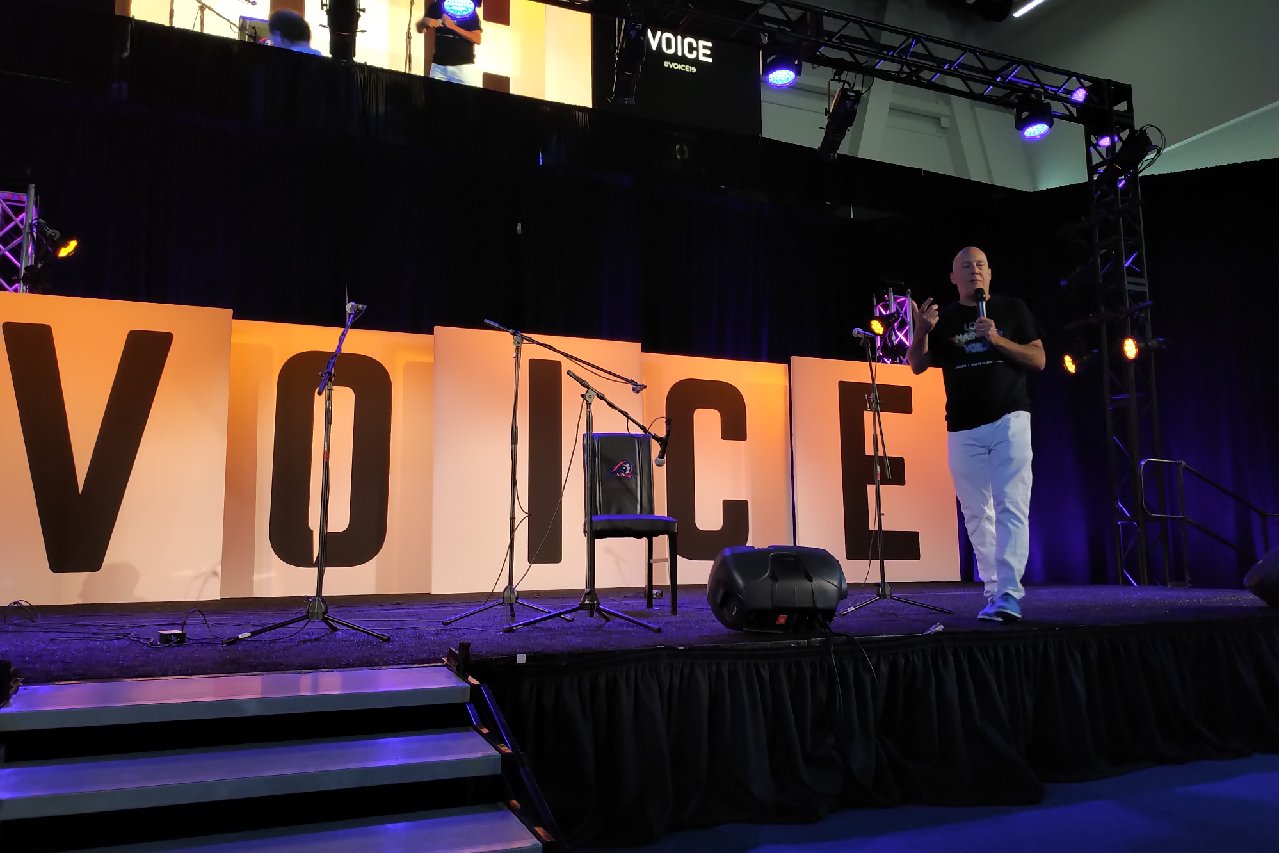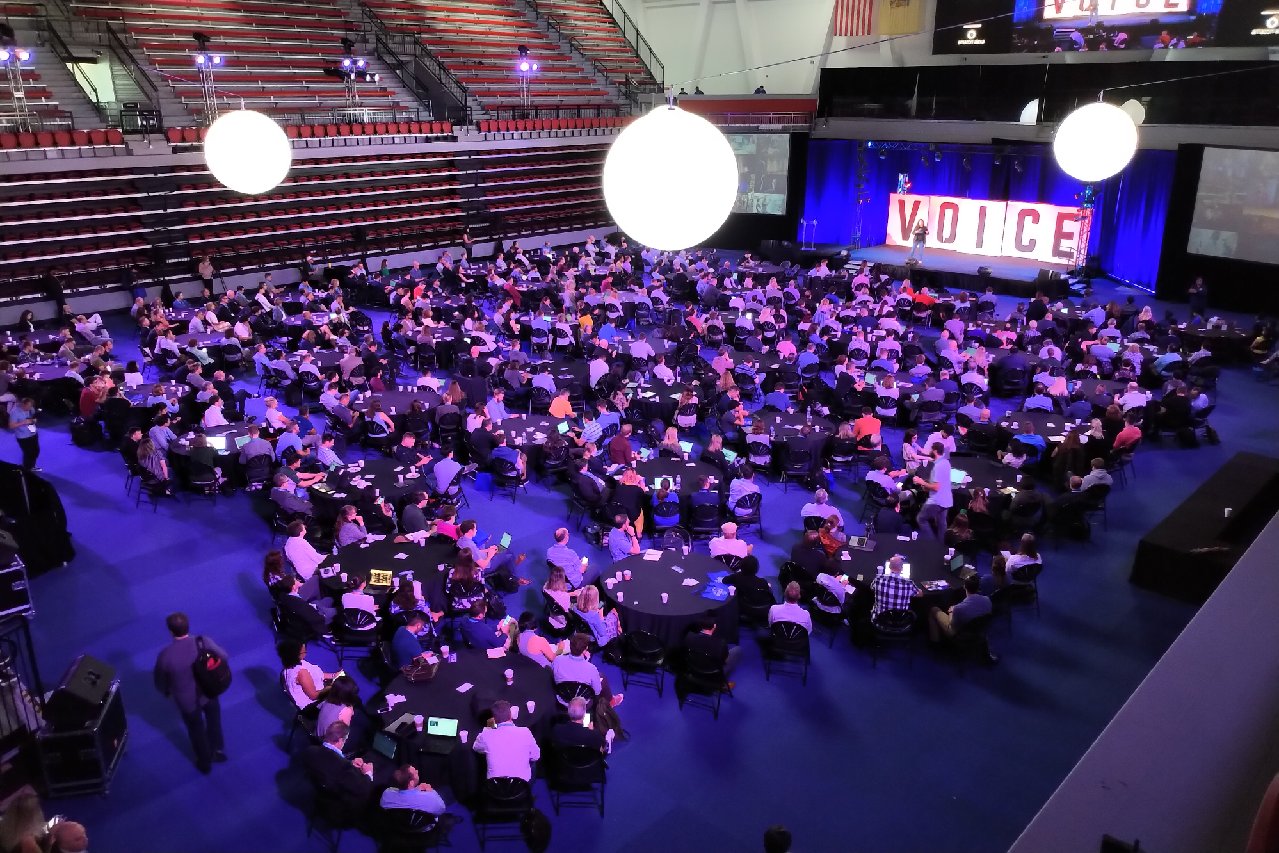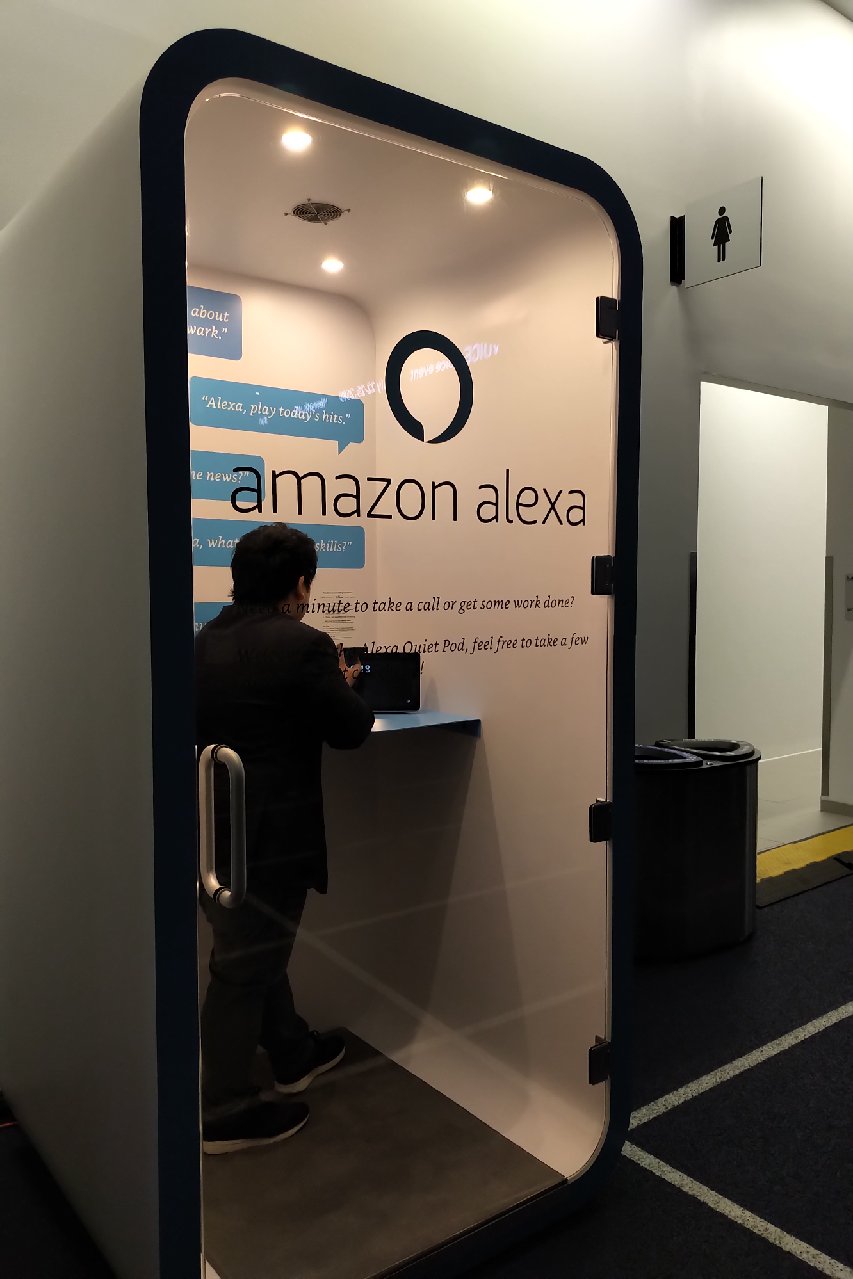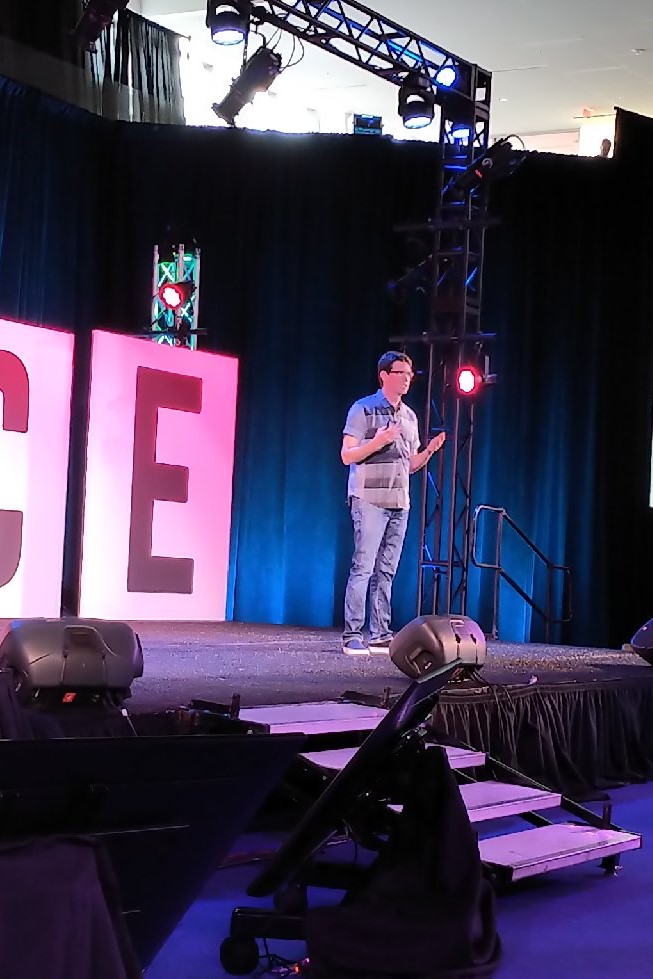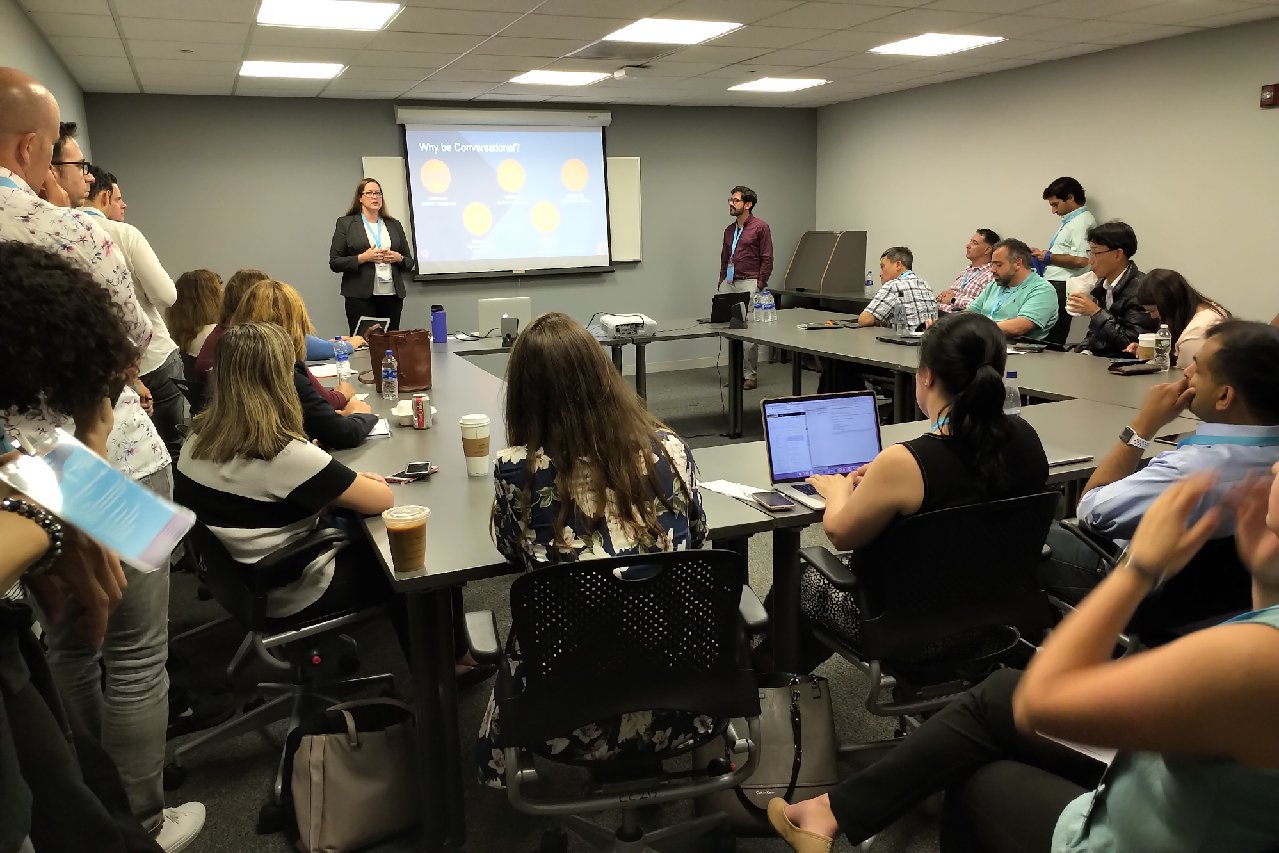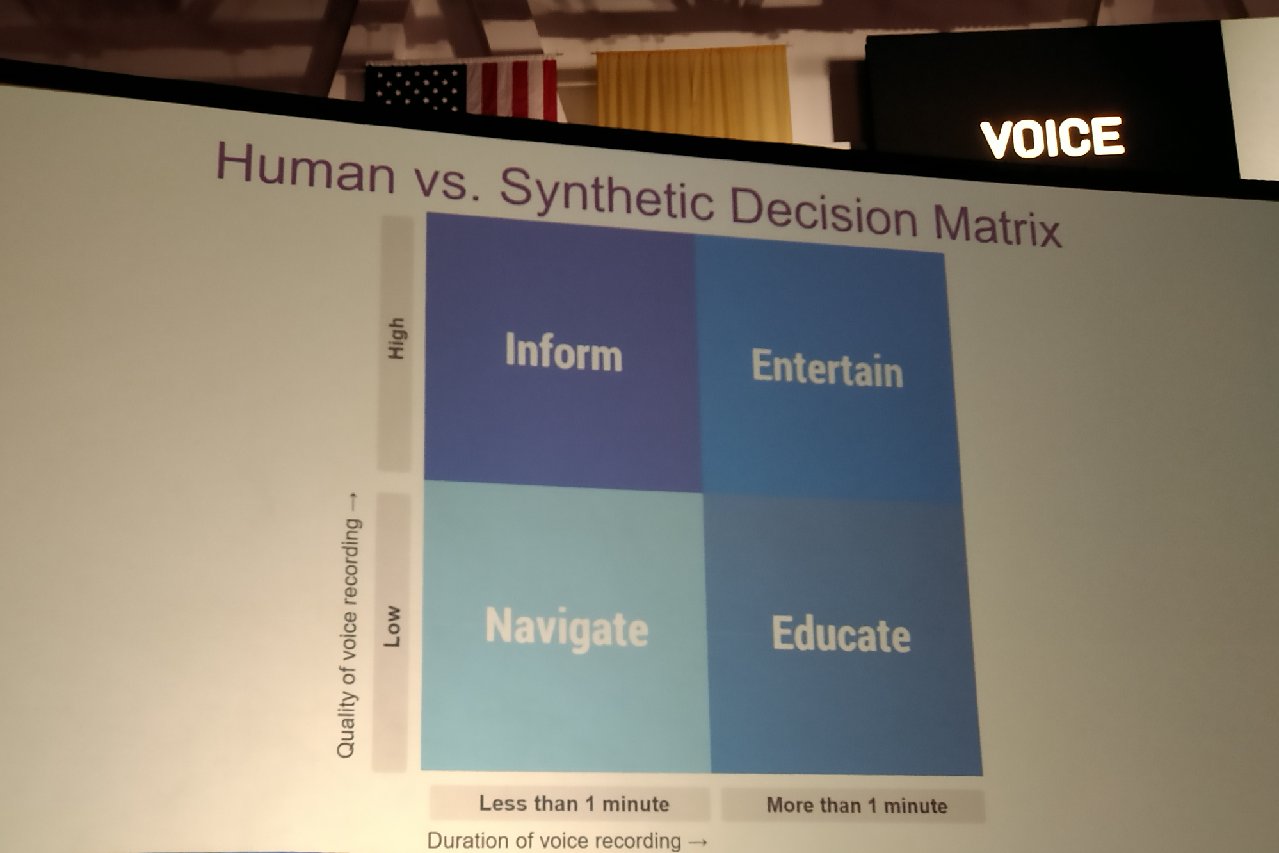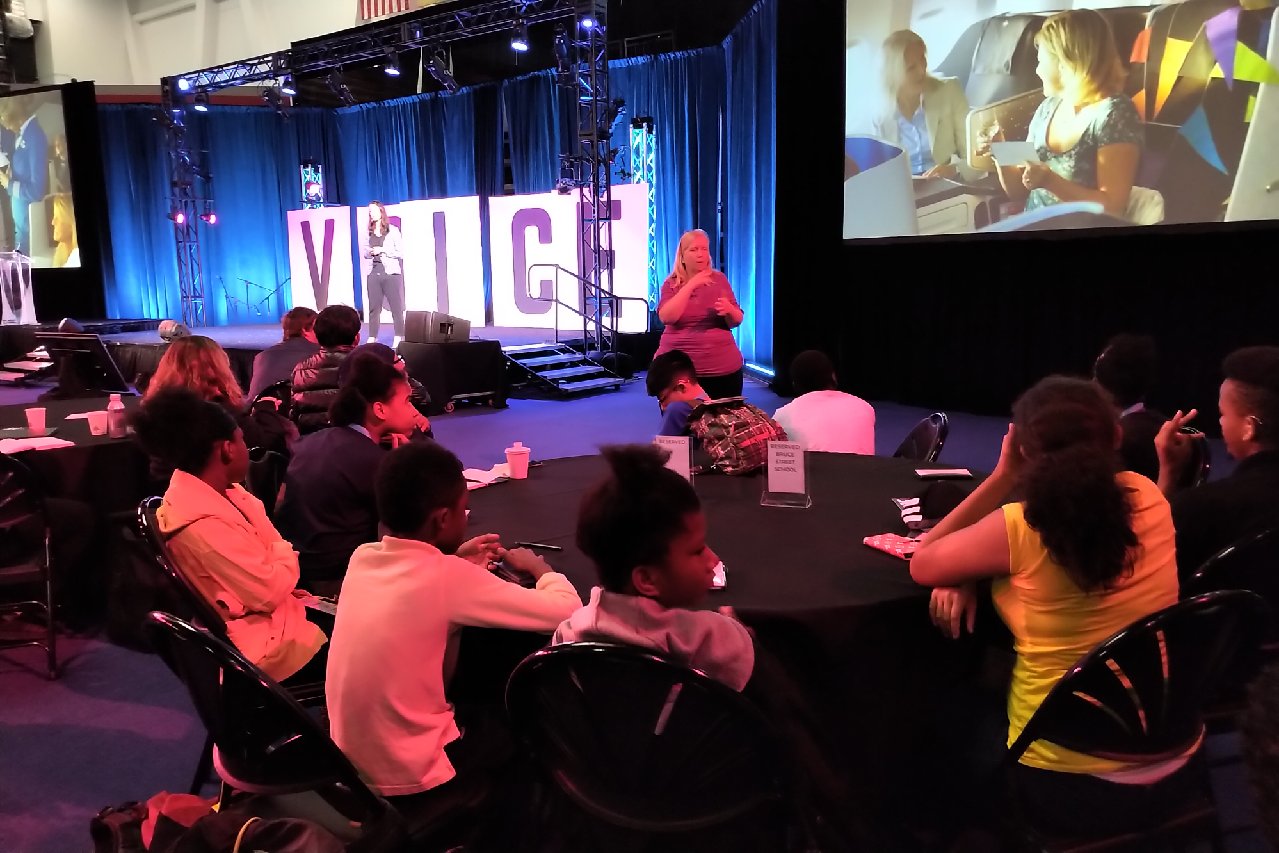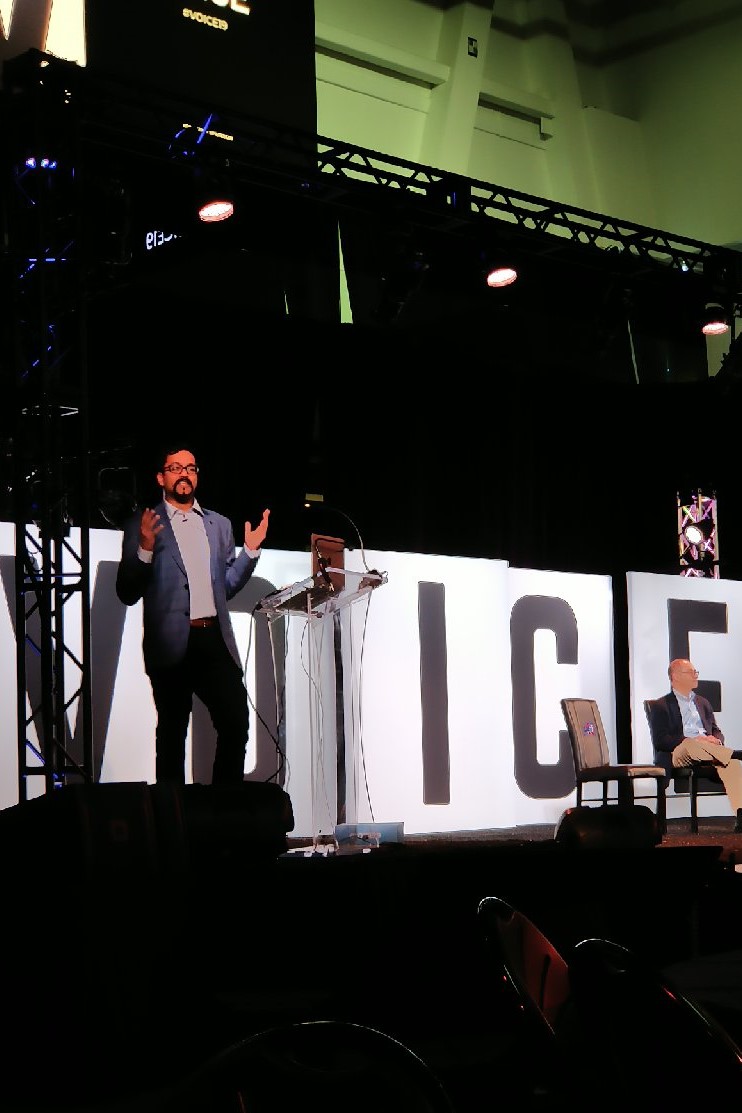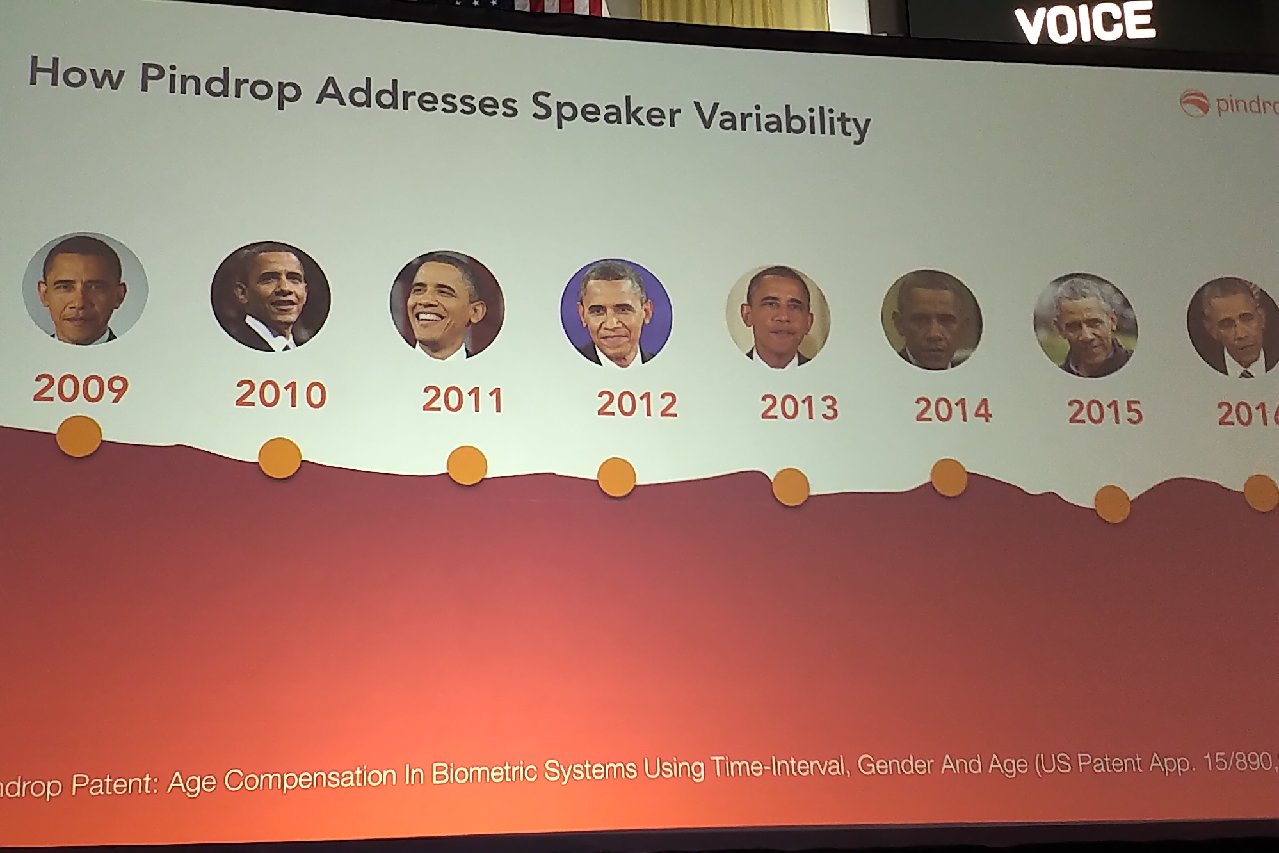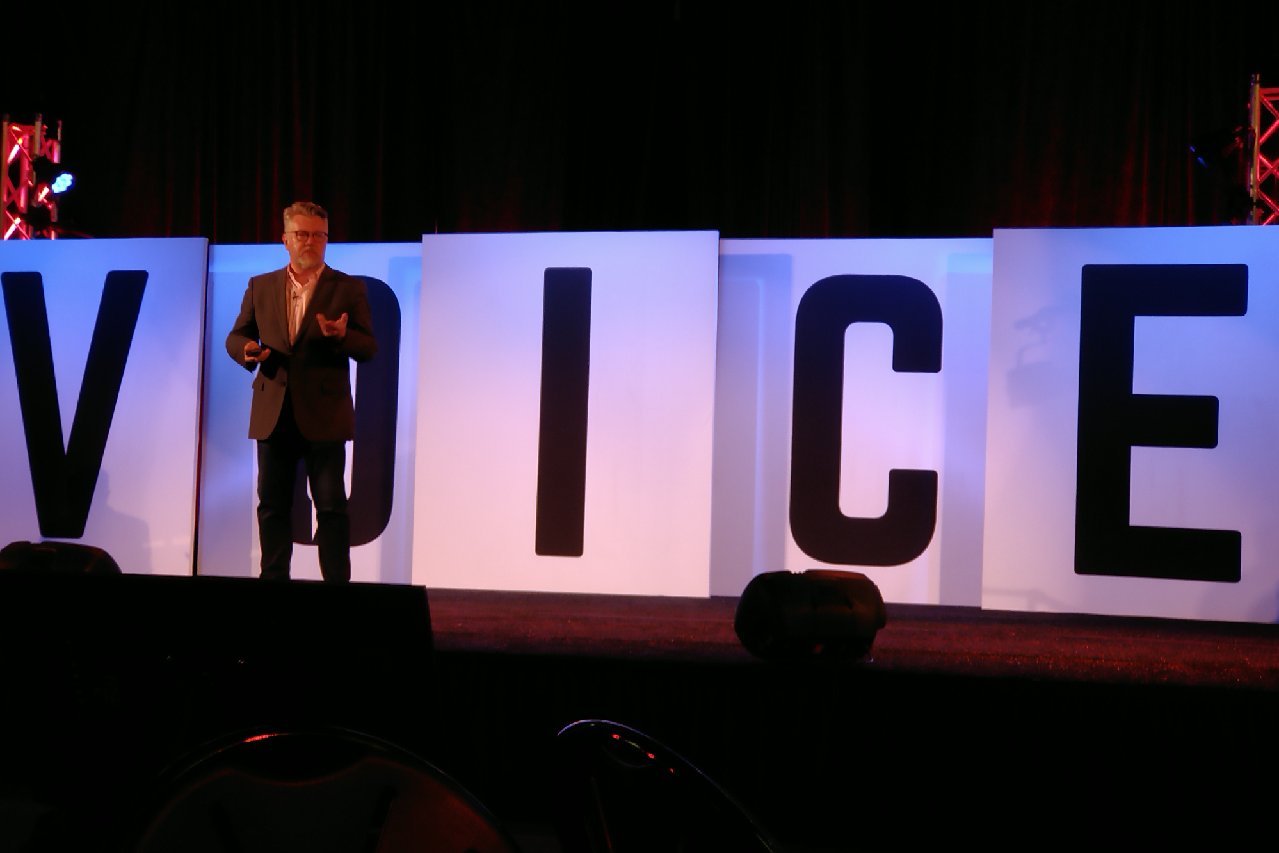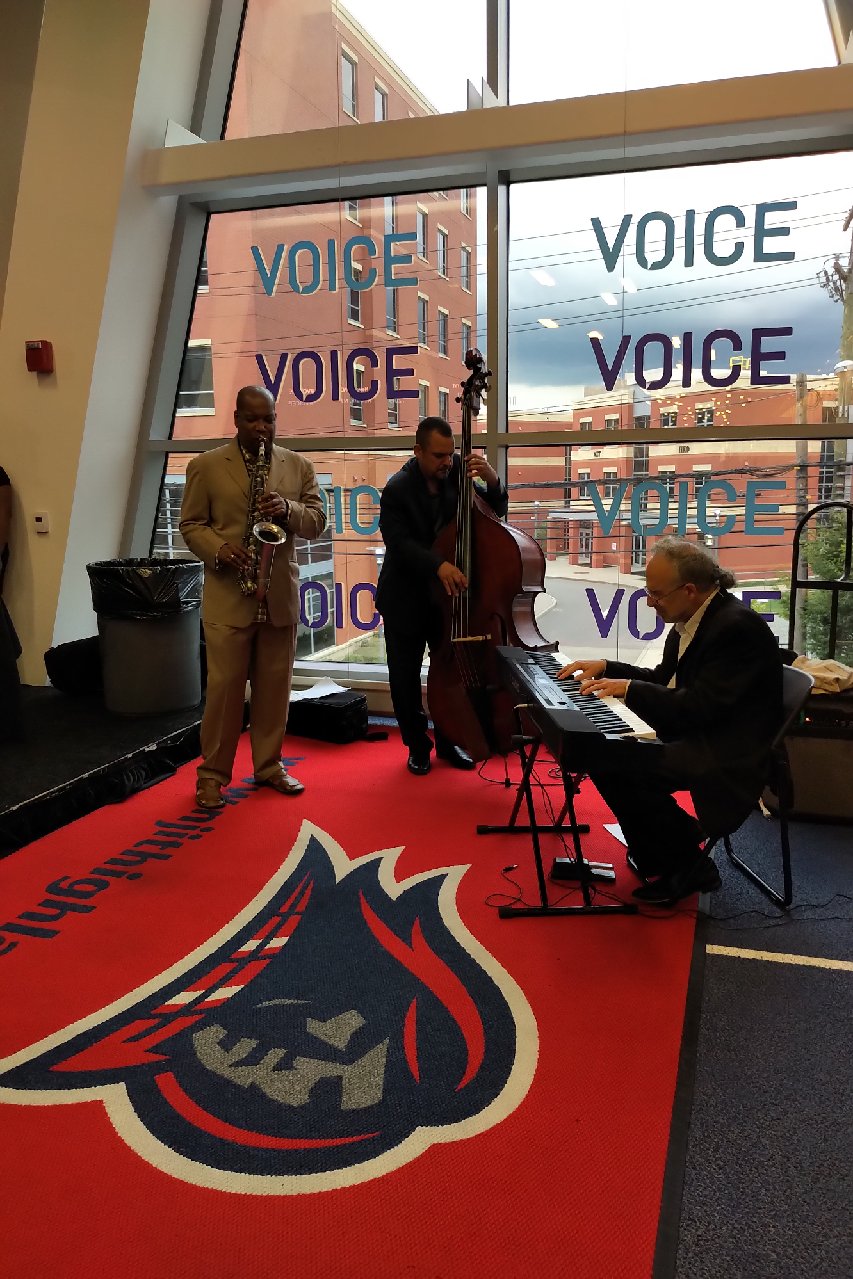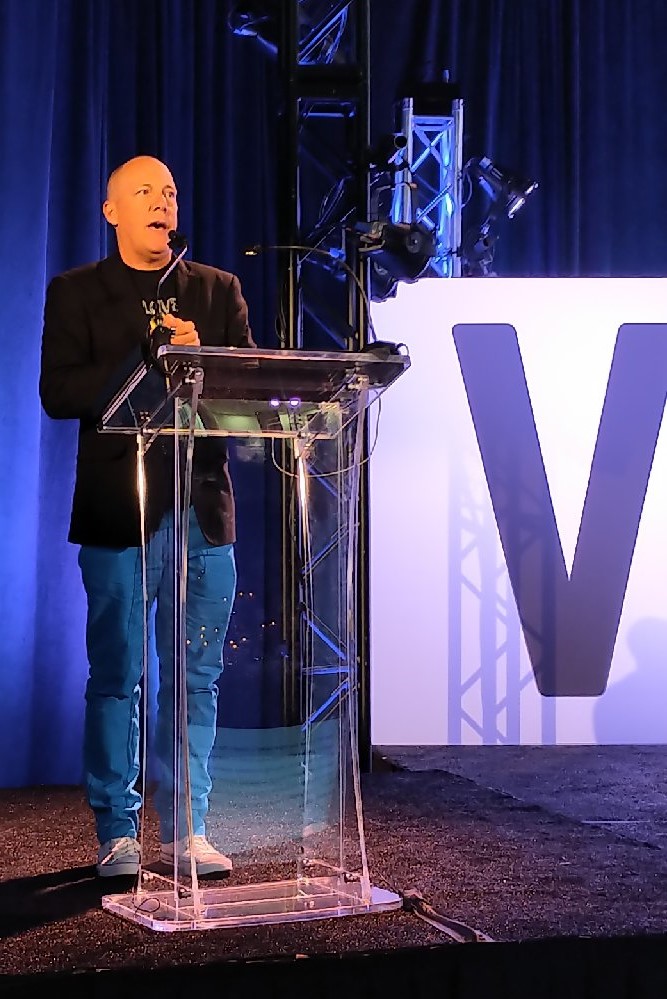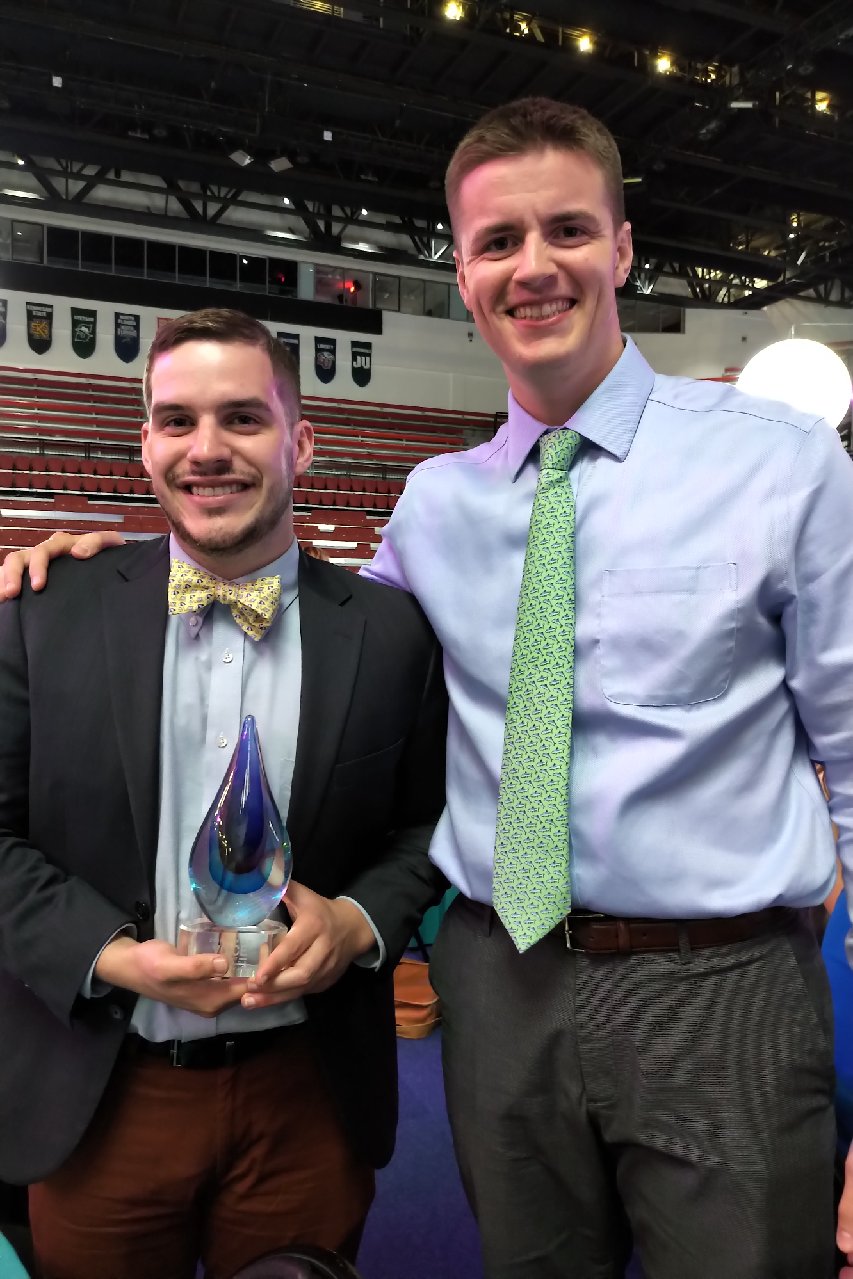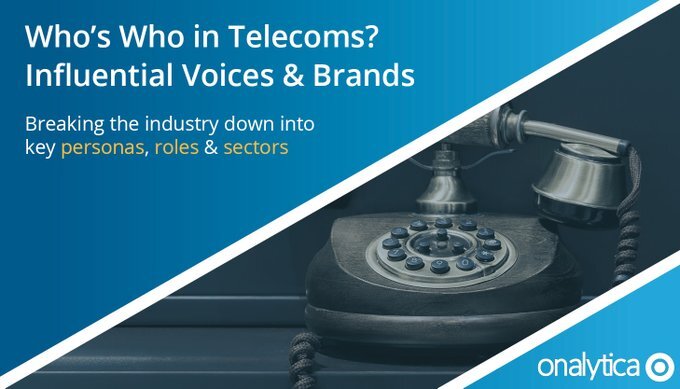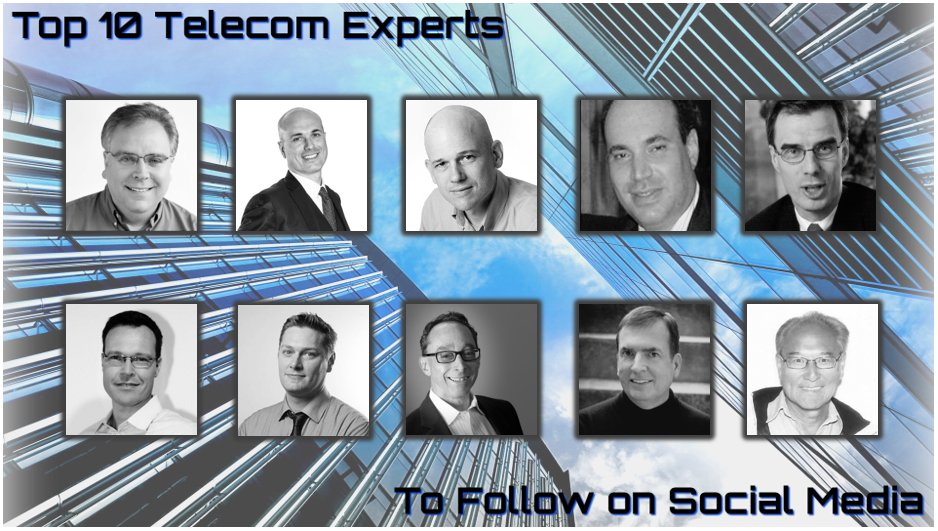I don’t often write reviews, but I’ve had a friendly relationship with Plantronics - now Poly - for some time. In 2017, I wrote a series of posts about their one-of-a-kind Habitat Soundscaping offering. The focus here is on something far less exotic, but still a big part of staying productive in the workplace these days. Since I don’t work in a contact center or a noisy office space, I’m not the ideal user for the Voyager 6200 headset, but as an analyst, I know what to look for in providing a fair evaluation.
The headset space continues to evolve, with choices for the three main modes – in-ear, on-ear and over-ear. Each suits a particular set of needs, and aside from the variety, there are quality offerings across all price points. For a variety of reasons, I mostly prefer in-ear headsets, so I was happy to take Plantronics up on their offer to try this model and write up a review. That sets the stage, so let’s go.
Overall, the 6200 is a well-designed, high-performance headset, and you’d hardly go wrong with it. This isn’t the model for everyday use in the contact center – I’d say it’s more for knowledge workers, especially those who don’t stay in one place very long. With a list price of around $200, this isn’t something you’ll be buying by the dozens for your team, but if you’re looking for a feature-rich experience, this will fit the bill.
I’ll start with a review of the positives – things you should be looking for in a higher-end headset, then I’ll move on things that I didn’t care so much for or points of caution you might not have thought about.
What I Like Best
Audio quality This should be the starting point for any headset, and it’s certainly good here. I’m not an audiophile, so I can’t talk in terms of dynamic range, but we’re talking about workplace headsets here, not the high fidelity we seek in a home theater system. As such, it’s certainly good enough for the workplace, both for listening and talking. For own purposes, it’s become the default for recording my newsletter podcasts, and I think that’s a pretty good litmus test for audio quality.
No wires Like almost everything these days, there’s a wired and wireless option, and the latter is winning big time. My analog DNA still likes the certainty of a physical connection, and for better or worse, the tactile nature of plugging something in to use it. Newsflash – Bluetooth has been around a long time, and it works just fine. You have to give something to get something, and in this case, the freedom to move around while using the headset is great. I haven’t tried to calibrate the range, but I can talk on a call while going upstairs in my office, and when flying, I can walk the length of a plane blissfully listening to my music.
Omnidirectional microphones This is a boomless design, so the mikes are part of the horseshoe shape the wraps around the back of your neck, with the ends at the tips, right by your mouth. That’s pretty convenient, but the main idea here is the omnidirectional engineering, which means that the mikes only pick up your voice, and not the background noise. This really helps in the noisy cubes of a contact center, but also in open office settings, or when on calls out in public spaces.
Earbud design As mentioned above, this is one of three basic headset modes, and for a variety of reasons, it’s the one I like best. These buds fit just fine, and one nice benefit is the ease of taking one out to do something else, while continuing your headset activity with the other bud. You can’t do that with the other two design modes – it’s one or the other with those, and that could be an important consideration depending on your use cases. Taking this a small step further, you can do that with either side, so it doesn’t matter if the person who needs your attention is on your left or right side. Sometimes it’s the little things that make the difference.
Earbud cord length Another important aspect here is the cord that connects the buds to the headset. The length varies by vendor and model, and should be considered. Personal preferences come into play here, since the cord length is fixed. I haven’t come across models with retractable cords that you can vary as needs dictate, but that seems like over-engineering to me. For the 6200, the cord length is about 6”, and for me, it’s just right – not so long it gets tangled in jewellery or caught on a collar, but not so short you can’t move your head.
ANC Here’s a big-time acronym in the headset world – Active Noise Cancelling - and for me it’s a deal-maker/breaker. This is a premium feature for sure, so if you need it, you’ll be paying for it. If your use cases warrant ANC, keep in mind that this feature is not created equal across all vendors. I can’t say how the 6200’s ANC compares to other B2B vendors, but it’s certainly good enough for most situations.
That said, my main use for headsets is listening to music on airplanes, and for me, Bose is the gold standard, and the 6200 falls far short on that front. To be fair, though, workplace settings are far less noisy than airplanes, so let’s move on. One more thing, though; the toggle switch to enable/disable ANC is easy to access while in use – with the left thumb, so there’s no need to take the headset off and interrupt what you’re doing. Also, just so you know which mode is in use, there’s a gentle audio alert telling when ANC is turned off.
Audio prompts Another small thing, but aside from the ANC status, there’s also a prompt for when the power is on or off. When turning power on, the audio prompt also tells you how much talk time is left on your battery charge. Not rocket science, but another good user experience feature, since the idea is to keep the headset on until shutting down – and not wasting time taking it off to look for the settings or check battery life.
Smart buttons This really is a multi-sensory experience, so aside from audio prompts, your sense of touch has a role to play too. On the right side are two raised buttons to increase or decrease the volume. They’re the only buttons on that side, so you don’t have to think about what else you could be fiddling with as you fumble around feeling for the buttons. Then, on the left side, there’s a multi-purpose button that does a whole lot more. It’s really the control center, as you can use it to answer/end calls, as well as play/pause/replay music. You know it’s important because it’s the biggest button – by far – and is shiny red, so you can’t miss it.
Battery Perhaps the most important consideration for any portable device these days, and there’s not much to worry about here. The minimalist design of the 6200 is deceiving since it doesn’t look like there’s room for a battery – it’s quite sleek and lightweight. However, it gets around 8-10 hours of life, and takes maybe an hour to charge. Of course, the 6200 isn’t very power-intensive – and one reason is the modest caliber of its ANC – so you should be able to get through a full day of steady use without a recharge.
Speaking of that, there are two options to make sure you can always keep your headset powered. First is the conventional USB cable, but the cool twist is the second option, a disk-style charging station. The USB cable works just fine, but for all-day users, the station is an easy way to keep the 6200 continuously charged. Using the same cable, the station draws power from your PC, and it has a magnetized cradle that the headset simply attaches to for charging. This way you don’t have to keep plugging and unplugging any cables to charge the headset.
Lightweight Another nice design consideration, especially for all-day use. By nature, ear bud headsets will be lighter than bulkier headsets, so this is a great choice for extended use cases. Perhaps an unintended consequence, but after a short while, you don’t notice it’s there, so the 6200 can sit around your neck all day even when not in use. This might be a stretch, but that makes it a form of wearable fashion, and I don’t think Poly will have a problem with that. Since this form factor of headset is still a bit unusual, it gets your attention, much like Apple’s white earbud stems that seem to be growing out of people’s ears these days.
Plantronics Hub
This is worth mentioning for two different reasons. First is the simple fact that analog folks like me were disappointed to not see a user manual with the physical product. I know vendors stopped producing these ages ago, but unless you’ve owned 10+ mobile phones, you may not be tech-savvy enough to figure out all the features on your own. I certainly found this a challenge, as many of the features were not intuitive, and I had to stumble along and figure them out by trial and error.
Yes, there’s a tiny fold-out pamphlet with bare-bones instructions, but this approach still leaves a lot to chance, and you definitely don’t know what you don’t know. Of course, I’m not the typical buyer for this product, so best if I move on.
More importantly, the Hub provides a lot of useful information, presuming you have the inclination to go there. On a basic level, it’s the only way to determine how much battery life your headset has – you certainly can’t know that just from using the headset. Similarly, when charging, it provides the status in real time, and that’s handy if charging up just before leaving for the airport.
Beyond that, Hub tells you the firmware version, and lets you know when updates are ready. That’s standard practice these days, and it’s good to know there’s an easy way to ensure this hardware device is always up to date. Also, you can manage all your settings here, so you can be very hands-on with things like volume, ringtone, vibrate mode, voice alerts, which softphone to use, and even wireless settings such as the extended range option, or using HD.
Aside from Hub is the user guide, which covers all the details I was hoping for in print that would come along with the headset itself. Given how these are global products now, the task of producing this in print form in an endless variety of languages is simply not practical. I accept that, so this document has proven very helpful for English-speaking users like me.
What Missed the Mark
Compared to what I liked, these shortcomings are secondary, and really shouldn’t detract from the bigger picture. That said, while I don’t often write reviews, the analyst in me is obliged to provide a balanced perspective. The 6200 is a great headset for certain use cases, and you shouldn’t lose sight of that. However, we can find fault in anything, and without prejudice, here’s what I found wanting.
Perhaps these items below are on the drawing board now, or maybe my observations are so off-the-grid that nobody else has noticed or cares to the think about them. That said, if I was in the market to actually buy a headset with ANC, this particular feature would certainly be a consideration for me. Otherwise, here we go with the rest, in no particular order.
· Earbud wires are too short – this may be an efficient design, but it’s easy to forget you’re on such a short leash. That said, I do like the big L and R raised letters on the earbuds, although you need to be a world-class Braille expert to do this by touch along. It’s not easy to tell when the headset is on right or backwards – at least initially - so you really need to take the headset off to look at R and L so you know. As such, this can be tricky if you’re in a rush or in a dark space, in which case it’s more about trial and error. Simply put, this takes getting used to, and along those lines, it’s not easy to figure out the controls just by touch. After a while, this gets easier, but it takes some time to master the basic settings.
· When using iTunes to listen to music, this only works if you have Bluetooth set up first, after which you open iTunes. I learned this the hard way, and only after many frustrating attempts where it wasn’t clear why the music wasn’t playing. This isn’t in the manual – maybe it’s so obvious that Millennials just know how this goes – but you simply have to know that there’s only one way to do this. You can’t start with iTunes already open on your PC – it will never work this way. You have to close iTunes and set up the 6200 first, then open it. That’s not logical to me at all, so this took some getting used to.
· Carrying case – it looks cool, but it’s also rigid and bulky. If you travel light, this case just takes up too much space. On the other hand, it’s nice to have the pouch inside the case for the USB dongle and cable, so they’re not swimming around inside. Also, the case is fairly rigid, so it provides good protection, and that might matter depending what else is in your gadget bag.
· On a different tangent, it’s clear to me the 6200 was designed by men, for men. The black and red colors may play nicely into the Poly – nee Polycom – color scheme, but it sure feels masculine to me. Maybe that’s the demographic that can best afford this goodie, but women are half the market. I would so love it if there were other colors that might appeal more to women, especially if you view this as a form of wearable tech – and you should. To be fair, red is the same as Poly’s corporate color – but this may be too subtle for users to notice. I haven’t heard anyone piping up to say “yeah, it’s cool how these colors are the same their corporate colors”. If you’re a guy, you probably don’t notice or care, but for women users, this may not exactly be the color scheme of choice. I think there’s so much opportunity to add flair with some color for these products, and in this case, Poly could be doing more.
· Finally, the 6200 is pretty high end – it’s for power users, and is too pricy for everyday office workers or contact center agents. Poly has plenty of offerings for these workers, and the 6200 is for a specific segment of the enterprise market. Maybe this is where the men are, in which case, the red and black color scheme isn’t likely to change. That said, power users are heavy travelers, and the ANC for the 6200 is no match for purpose-built offerings like Bose or Sennheiser. I understand that ANC needs aren’t as demanding in the office, but for these users, price isn’t really a factor. When flying, they will most certainly switch headsets, at least for people like me who really like their music. In my mind, that’s a missed opportunity for the 6200, but maybe that will change in future versions.
